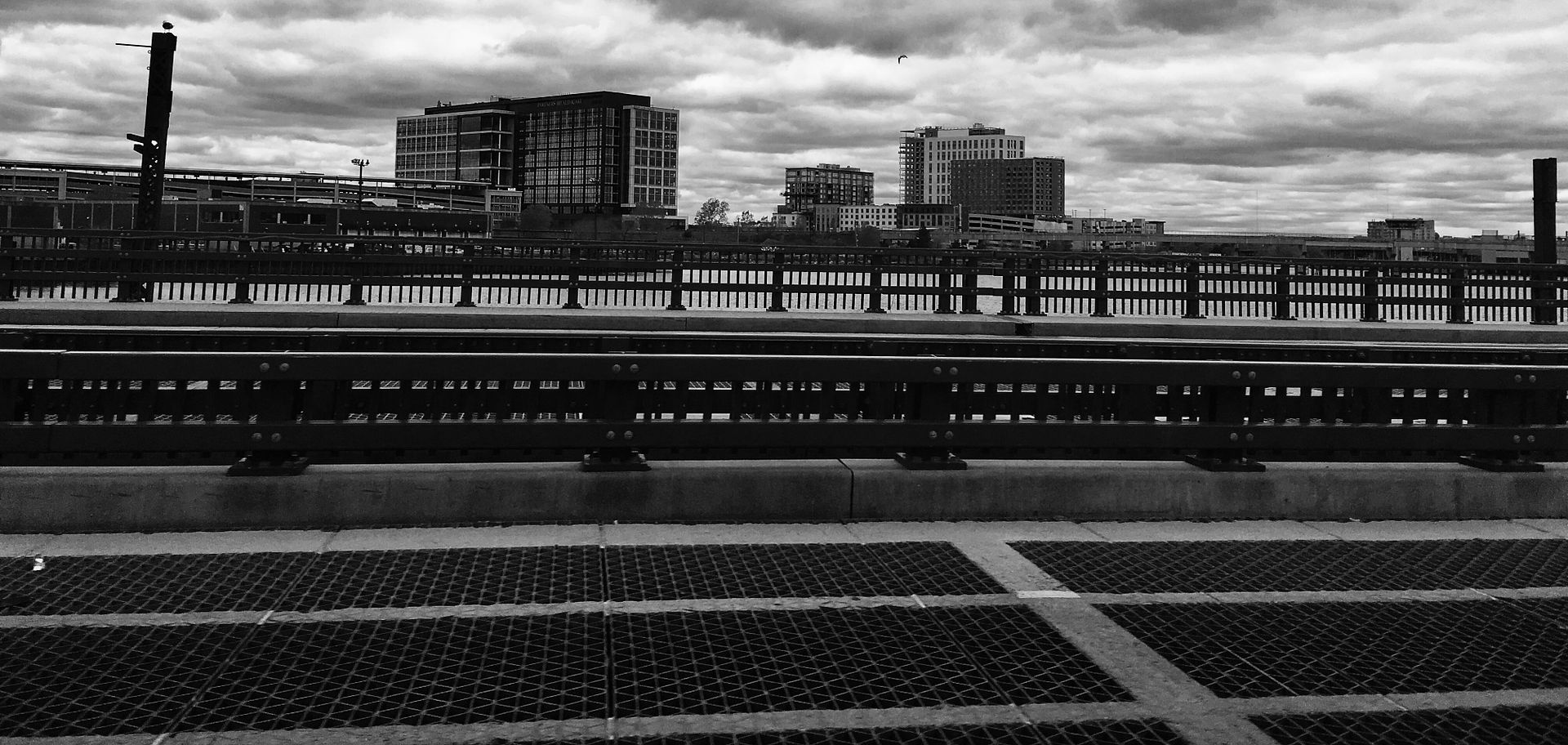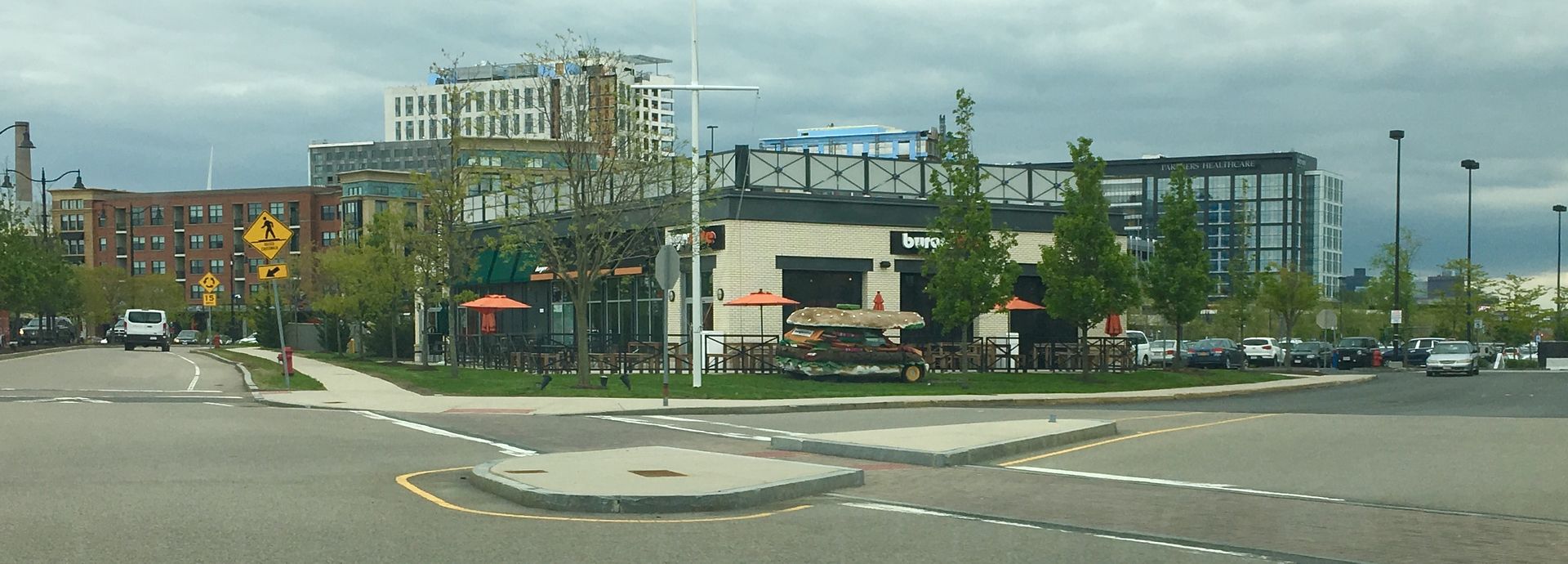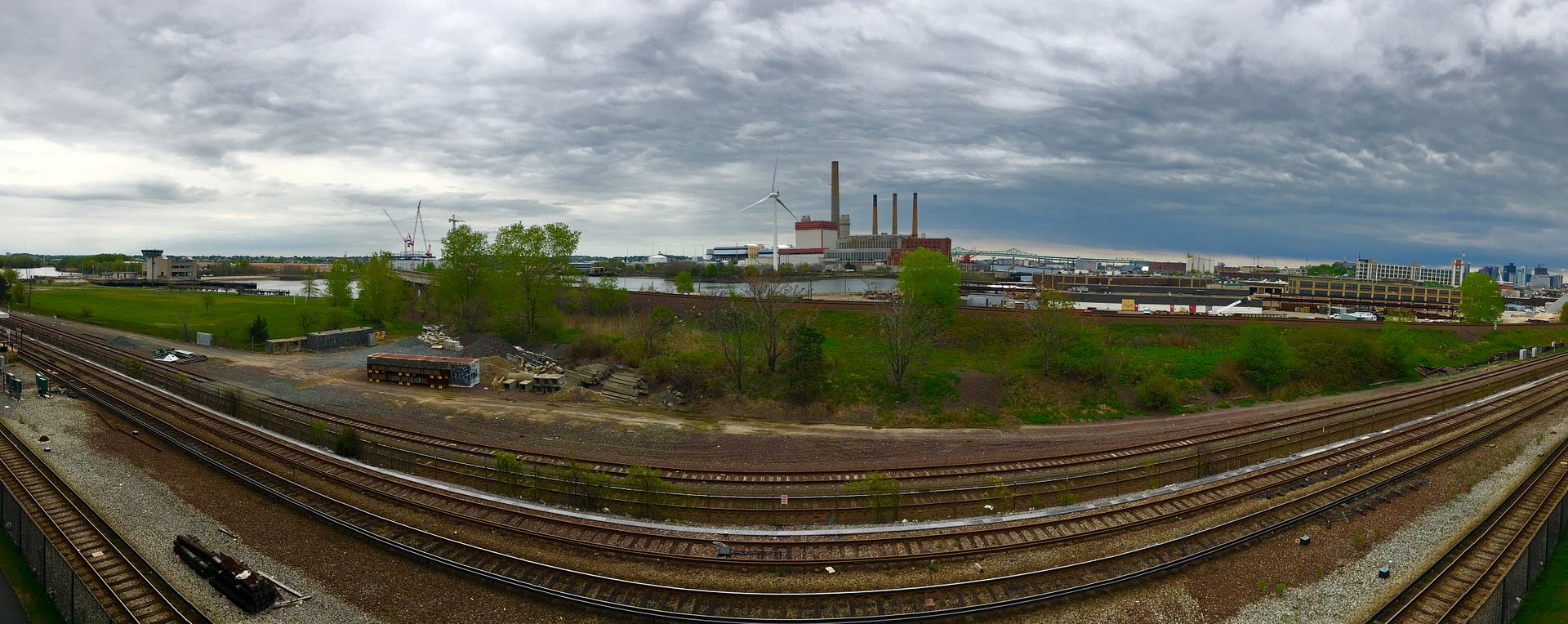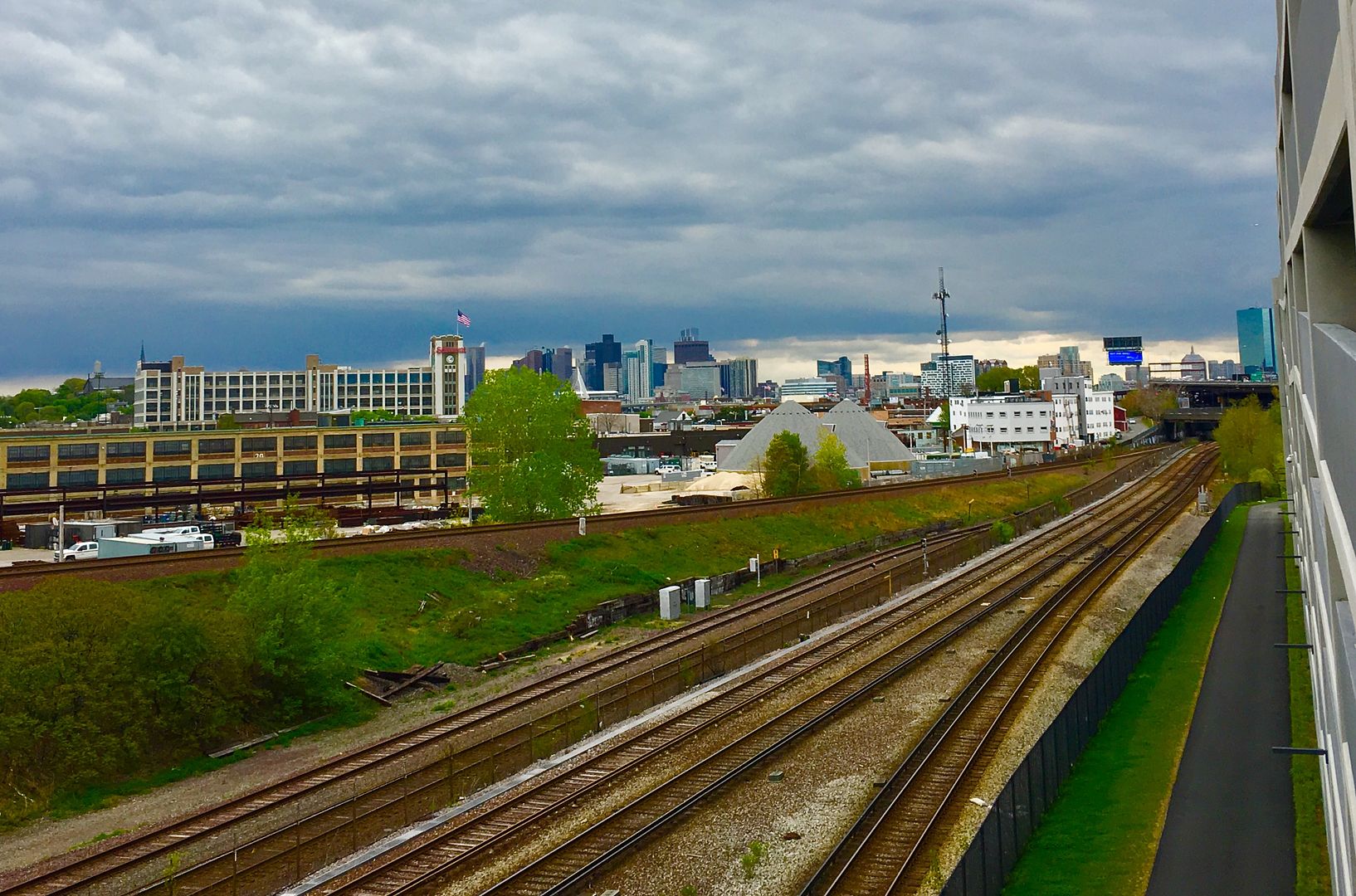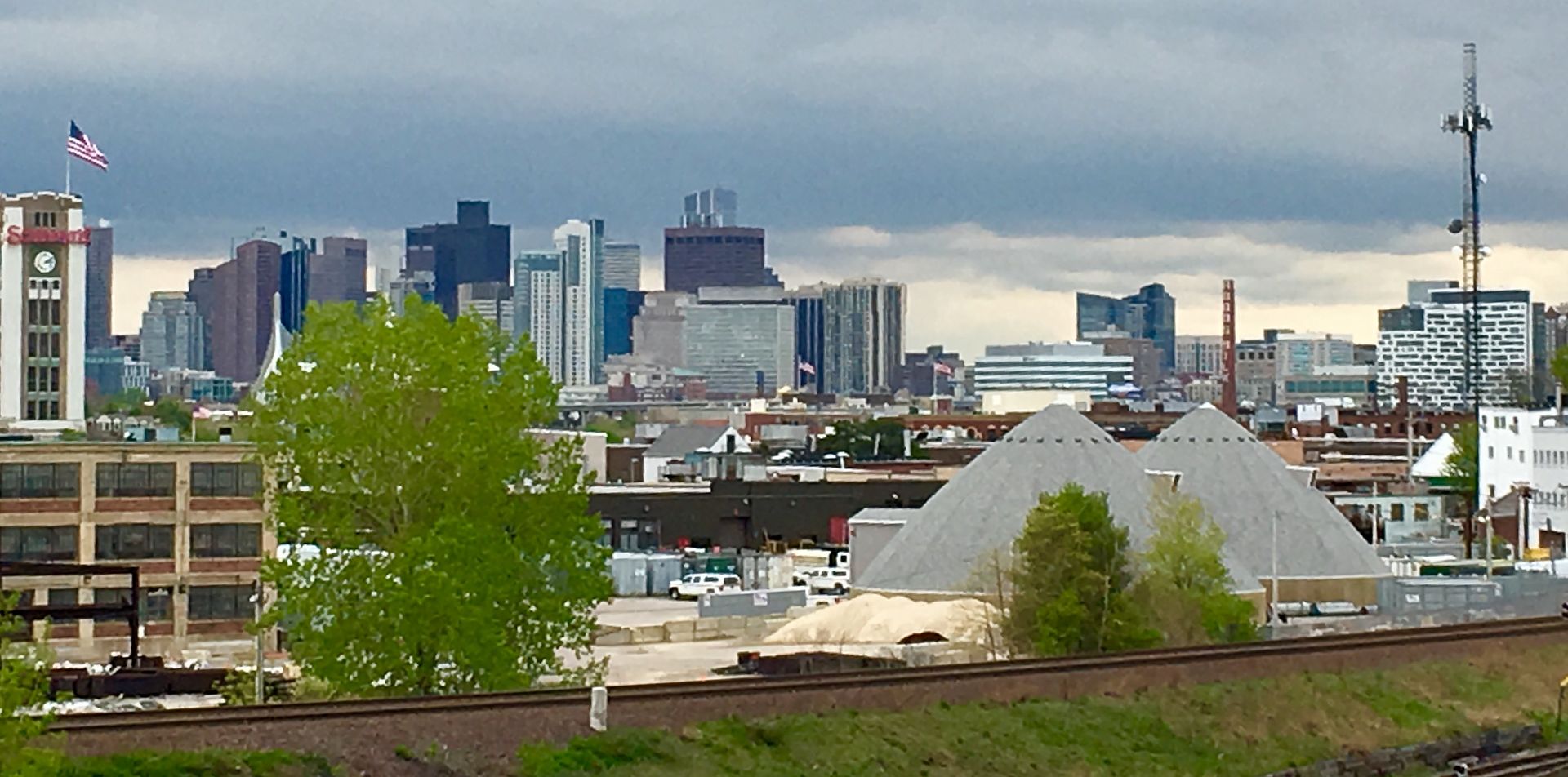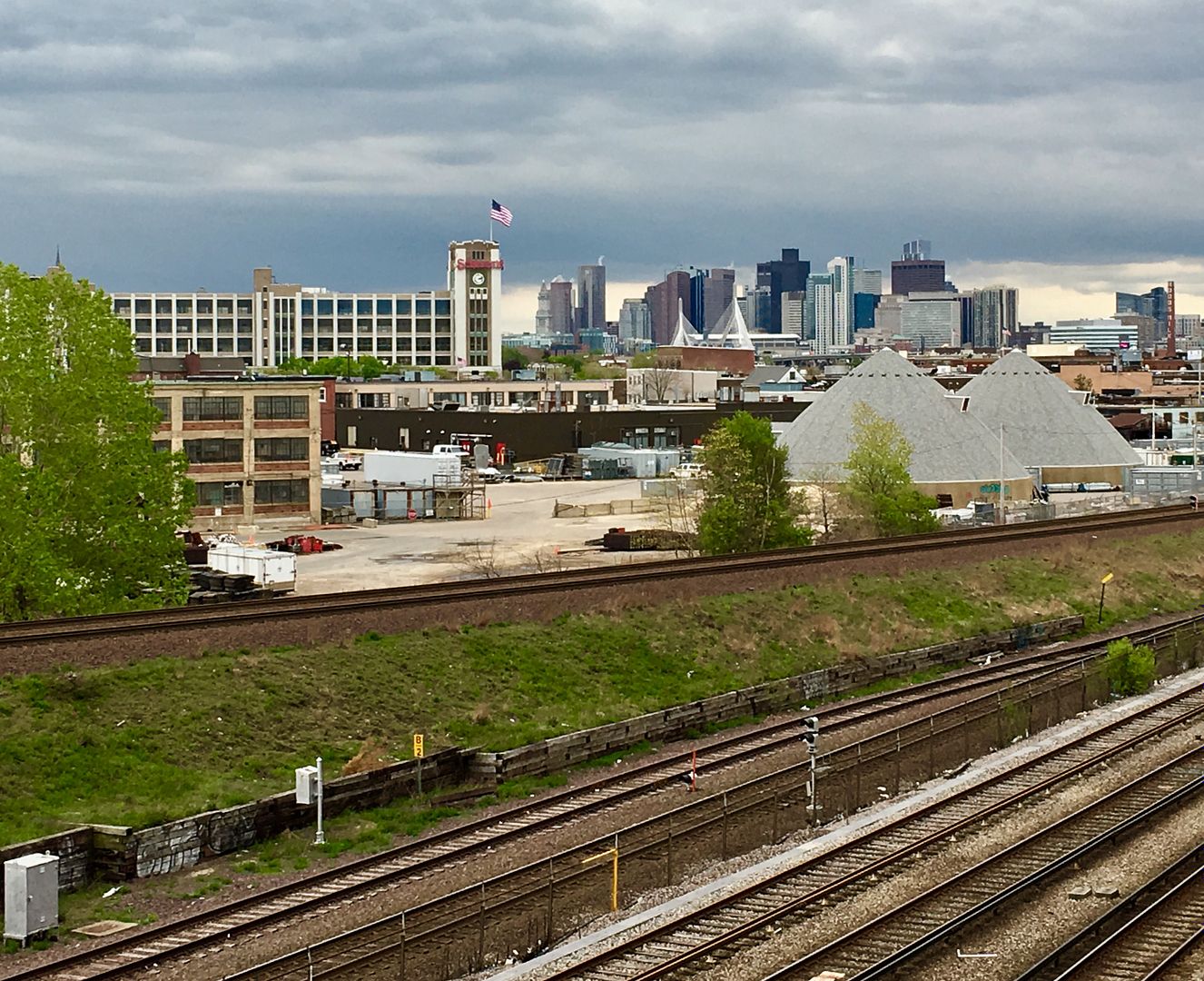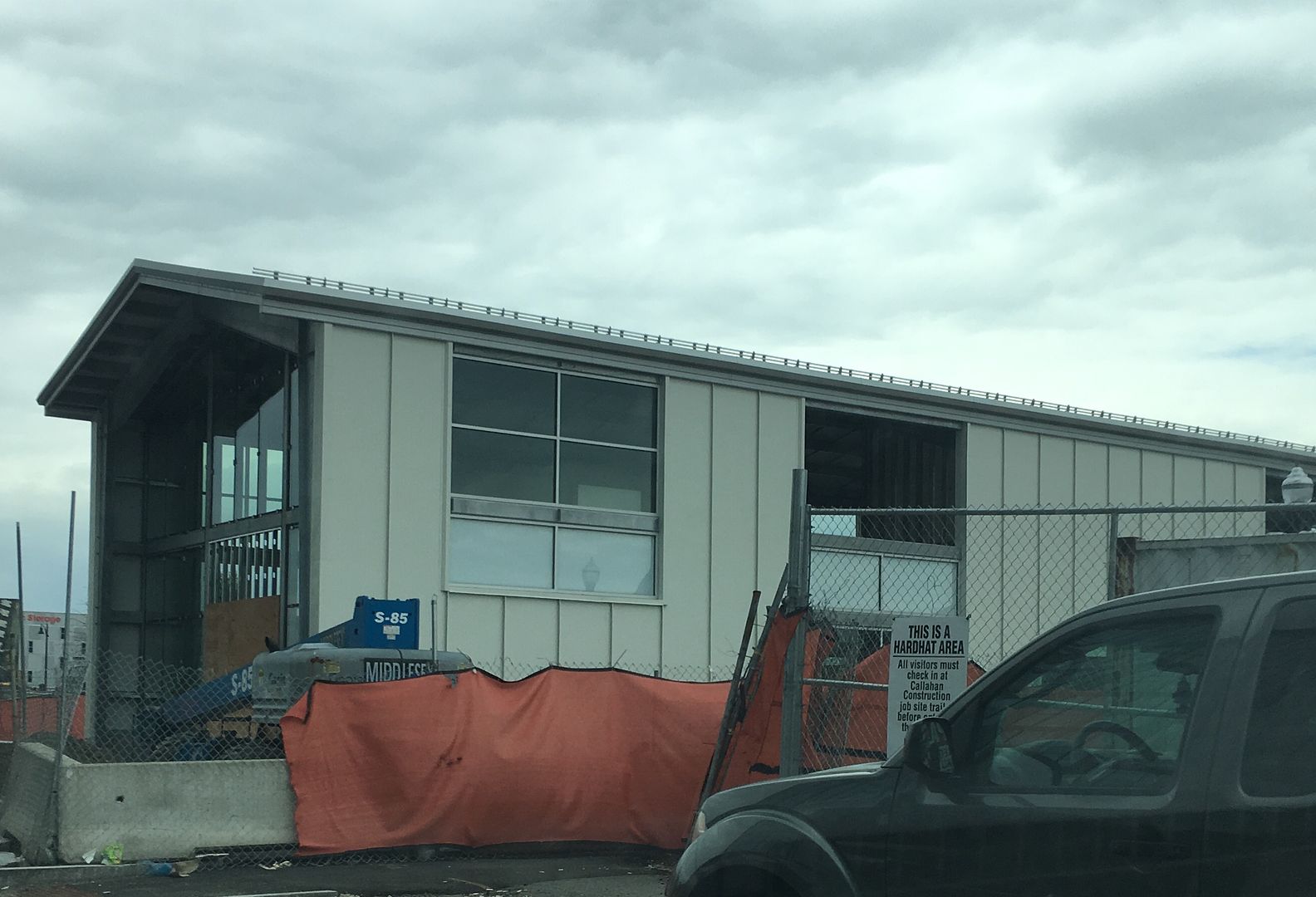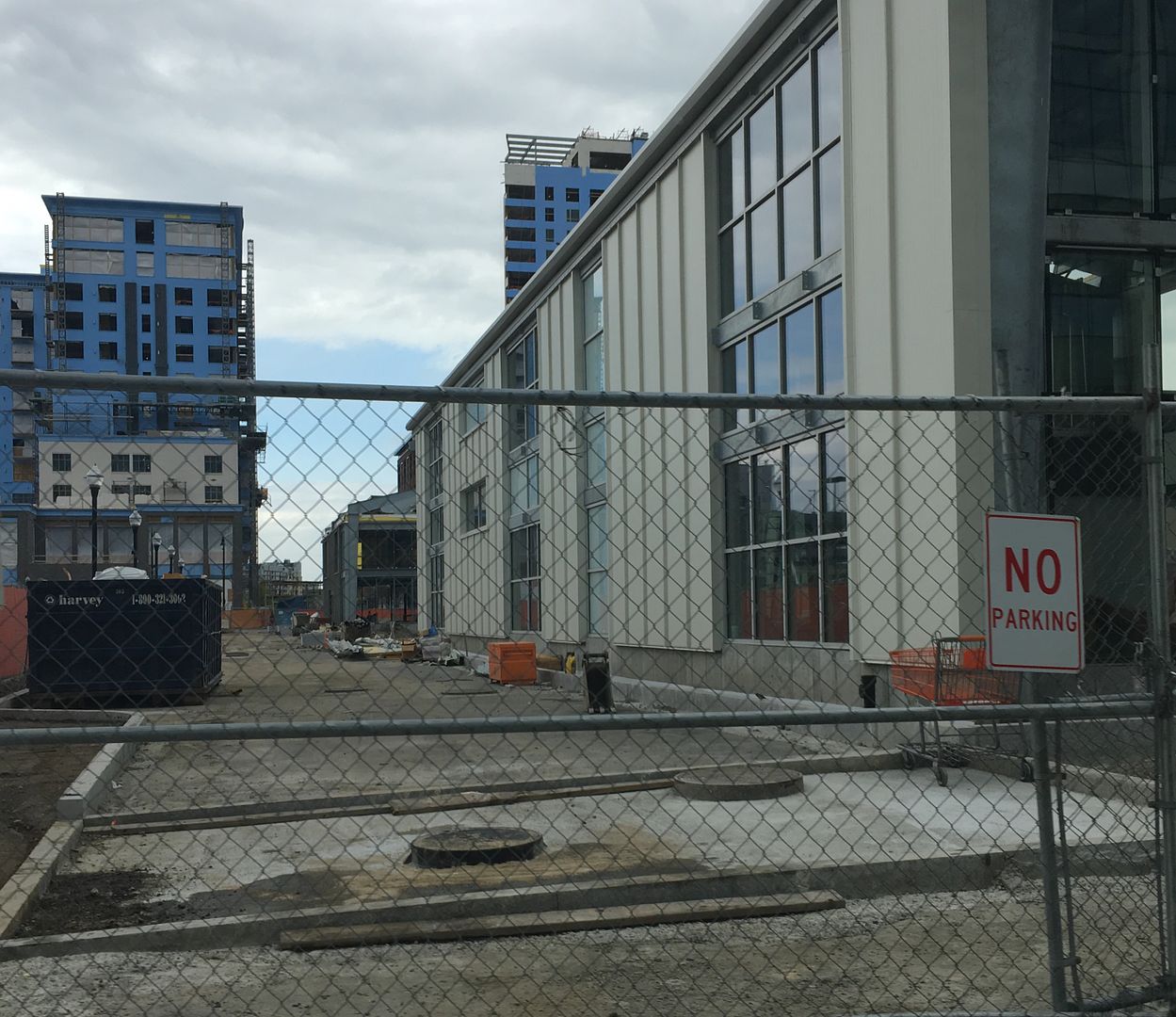It's not an exception, although the "journalists" write it that way.
It's the City trying to get the golden goose to lay a dozen more eggs.
The development is permitted to build 1100 units, with 12.5% being affordable. That is what they were trying to build.
After permitting the above development, the city changed their affordable housing requirements.
Then they retroactively want an already permitted development to live up to the new rules. They basically tried to extort the additional affordable units by smearing the developer. Using the rich "national" developer can afford it ploy.
The national developer took a risk on your City during the worst economic downturn of our lifetimes, and now because it's working out for them and you (the City), you think you can get more, and they should just give it out of the goodness of their hearts.
No. F you City! And, now you actually end up with less affordable housing in the development. Way to screw yourselves.

